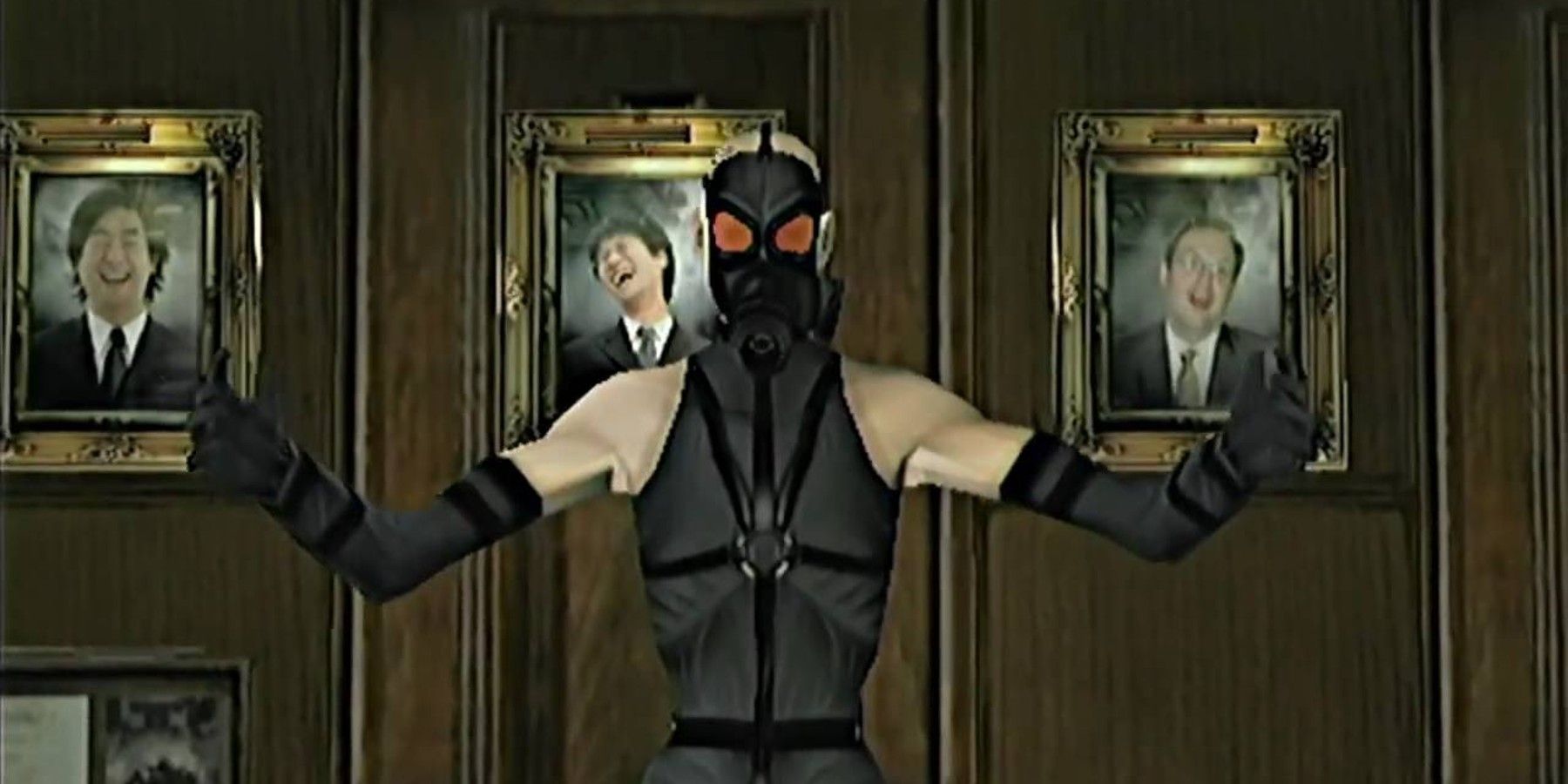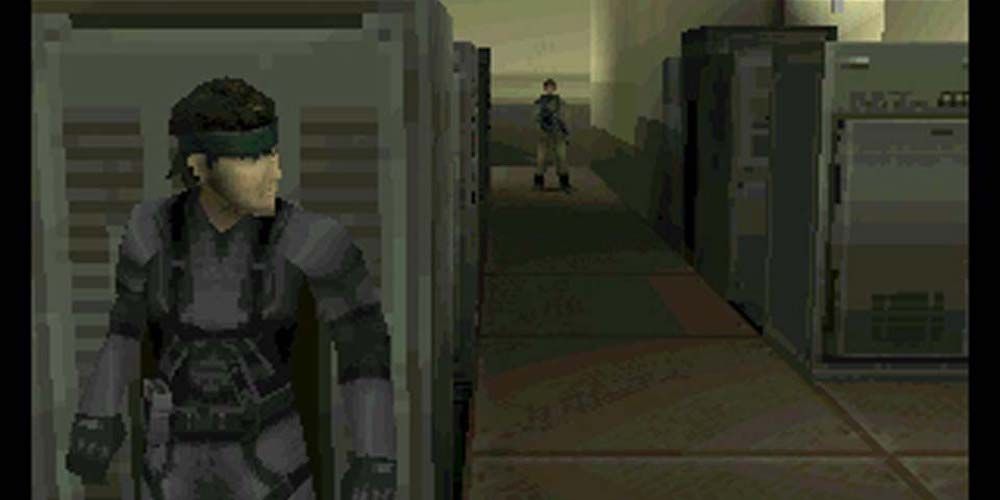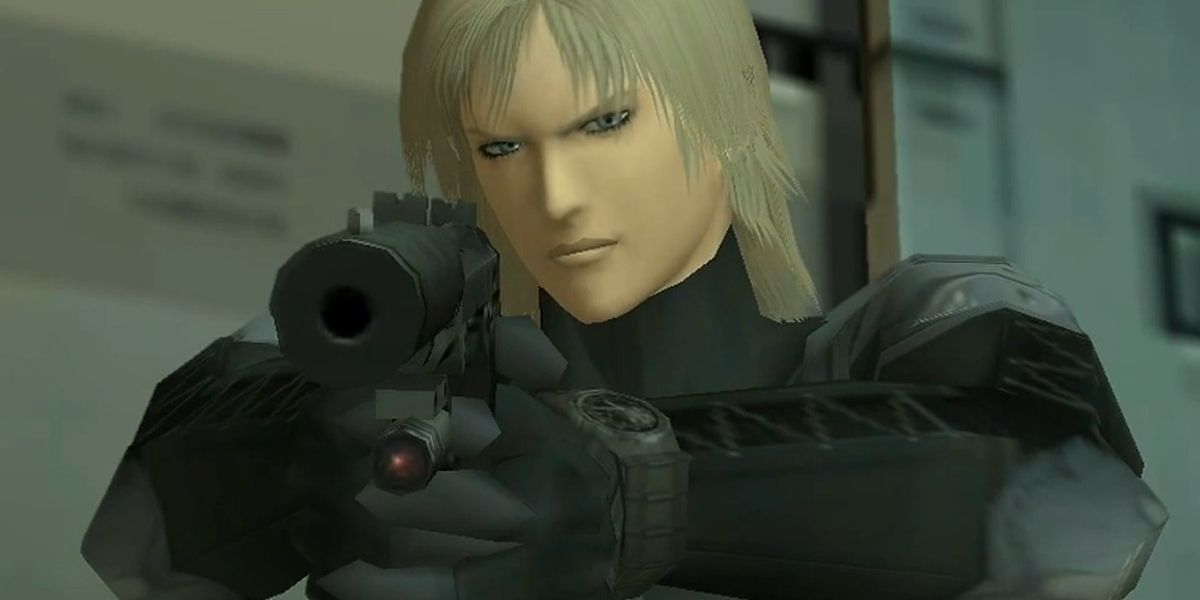The Metal Gear Solid franchise is the brainchild of video game auteur Hideo Kojima, and has been running since the original Metal Gear was released in 1987. The games are enormously popular, and are renowned for their blend of stealth and action, as well as for their complex storylines that merge science fiction with global geopolitics.
However, Metal Gear Solid is also known for its irreverent and off-the-wall sense of humor. Throughout the series’ history, Kojima has delighted in breaking the fourth wall, employing a number of innovative devices to fool, frighten, or otherwise troll his players.
How Metal Gear Solid Repeatedly Broke the Fourth Wall
After the success of Metal Gear and its sequel, Metal Gear 2: Solid Snake, Kojima began working on Metal Gear Solid for the new Sony PlayStation. Released in 1998, the title is considered one of the greatest PS1 games of all time. The new technology allowed the auteur to experiment with the video games medium in ways never before possible, and the game contains a number of famous scenes and sequences.
One of them is an early section of the game where the protagonist, Solid Snake, is required to tune his “Codec” — an in-ear communication device — to a frequency that his colonel informs him is “on the back of the CD case.” Players spent many fruitless hours scouring the game for this item, or attempting to use elaborate button combinations on inventory artifacts that might have been construed to meet the description.
Instead, the colonel was referring to the game’s actual physical CD case in the real world. Players that figured this out experienced an unforgettable moment of realization, and even those that had to rely on assistance or guides to progress found the trick clever and hilarious. The prank remains one of the most well-known puzzles in gaming history.
The game’s fourth-wall-breaking antics didn’t stop there. An equally infamous section has the player encounter a psychic and telekinetic boss named Psycho Mantis. Before the battle, the villain showcases his powers by reading the player’s mind and talking about the sorts of games they like to play. In reality, this joke was accomplished by reading an inserted memory card and identifying save files of other Konami games stored on it.
Mantis also demonstrates his telekinesis by addressing the player directly, asking them to place their controller on the floor before causing it to move, as if by deploying his sinister powers. In reality, this was just a demonstration of the brand new DualShock vibration technology, but the moment still delighted gamers and is remembered to this day.
Still not content, Kojima then had Mantis apparently manipulate the player’s television during the fight itself, switching their TV set to standby mode so they could no longer see the on-screen action. Of course, this wasn’t real either, but a fake standby mode achieved by simply switching the game’s screen to black for a few moments. A “HIDEO” logo in the corner of the screen provided the final knowing wink to the temporarily baffled gamer.
Other Fourth Wall Breaks in the Metal Gear Franchise
The blockbusting success of Metal Gear Solid led to a number of sequels, and Kojima once again took immense pleasure in breaking the fourth wall wherever he could. The “Fission Mailed” device first appeared in Metal Gear Solid 2: Sons of Liberty, during a sequence where a key ally is revealed to be an insidious AI, and employs a variety of methods to confuse and distract the player. One of these is to display a game over screen, leading players to believe they have died — but observant gamers noticed that the usual “Mission Failed” message was replaced by a spoonerism, and that the game was still continuing in an on-screen window.
This joke reappeared in Metal Gear Solid 3: Snake Eater, in which the protagonist can consume a fake death pill. This again presents a “Fission Mailed” screen, but the player can continue to move their character in the background, and in one section can use this to escape from a prison cell by tricking the guards into believing they are dead. This gag is used in a number of other games, and is so popular that it has become known as “the Fission Mailed trope.”
The third installment of the Metal Gear franchise also broke the fourth wall in its opening sequence by acknowledging some of the fan criticism of the previous game. Many players were unhappy when they realized that they were not going to be playing as the popular Solid Snake for the bulk of the game, but would instead be controlling blonde-haired and handsome rookie Raiden. Kojima tipped his hat to this by having Snake return in the third game (admittedly not Solid Snake, but a man genetically similar enough that fans didn’t care), but initially wearing a Raiden mask to fool players into believing that Raiden was once again the lead character.
The Metal Gear games aren’t the only video games to feature some playful fourth-wall breaking moments, of course. Horror games that utilize sanity mechanics often utilize this technique to terrify their players and heighten the sense of their protagonist's mental deterioration: Such as when Eternal Darkness trolled players with a fake message claiming their memory card had been wiped.
Batman: Arkham Asylum featured a memorable sequence with the Scarecrow’s fear gas, where the game apparently crashed and reset. However, players soon realized that the introductory sequence was disturbingly altered, with Batman and the Joker switching places, and the Crown Prince of Crime shooting the Dark Knight before the game informed the player that they should have used the (nonexistent) “middle stick” to dodge Joker’s gunfire.
Fourth wall breaks in video games have created countless experiences that gamers never forget, and even decades later they remain celebrated. Fans can expect these mischievous moments to continue to feature in their favorite titles, especially if more Metal Gear Solid games are in store. The departure of Hideo Kojima from Konami makes it unlikely he will be involved, but we can be certain that the famous creator's sense of humor will also be on full display in whatever projects he approaches in the future.



